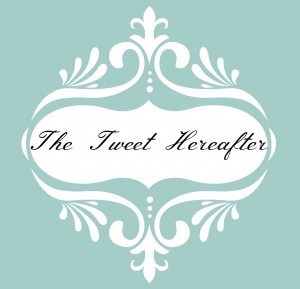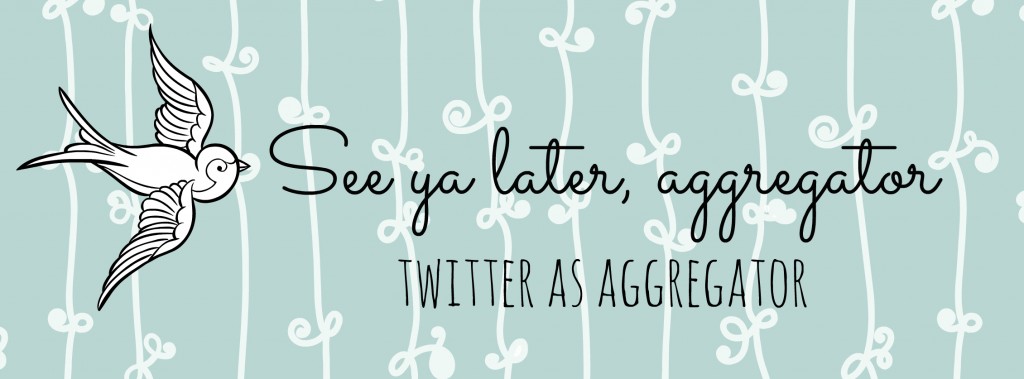The Tweet Hereafter

The Tweet Hereafter is a website I became aware of after listening to an interview between Jian Ghomeshi and the site’s creator. It has a fascinating, albeit slightly morbid premise: collecting the last tweets of people who have died. Although this is not, of course, a website intended for light reading anyway, some of the tweets are downright chilling.
On February 13th, 2013, Reeva Steenkamp, the late girlfriend of Oscar Pistorius, tweeted “What do you have up your sleeve for your love tomorrow??? #getexcited #ValentinesDay.” The next day, on Valentine’s Day, Pistorius fatally shot Steenkamp, proving her light-hearted message to be cruelly ironic.
Many other tweets show their authors to be equally oblivious of their imminent passing on. Elizabeth Taylor, for example, excitedly bubbled “My interview in Bazaar with Kim Kardashian came out!!! http://j.mp/eqQsGa.” I’ve been meditating on these two examples, one of which is eerie in its unconscious foreshadowing, the second which is bittersweet in its excited ignorance.
I don’t necessarily have a clearly developed analysis of this practice. Really, I just thought it was an interesting and unprecedented way of looking at one’s Twitter history. I think it speaks to our culture’s preoccupation with final words and trying to assign significance to them. For some, like Steenkamp, this proves to be all too easy, while others inevitably have and inevitably will wind up with their final message as a broadcast of what they ate for lunch that day.
It’s not exactly clear what the desired result of this project is, or even if there is one. It seems that the compilers of the tweets are merely interested in chronicling the unconscious goodbyes of the dead.

